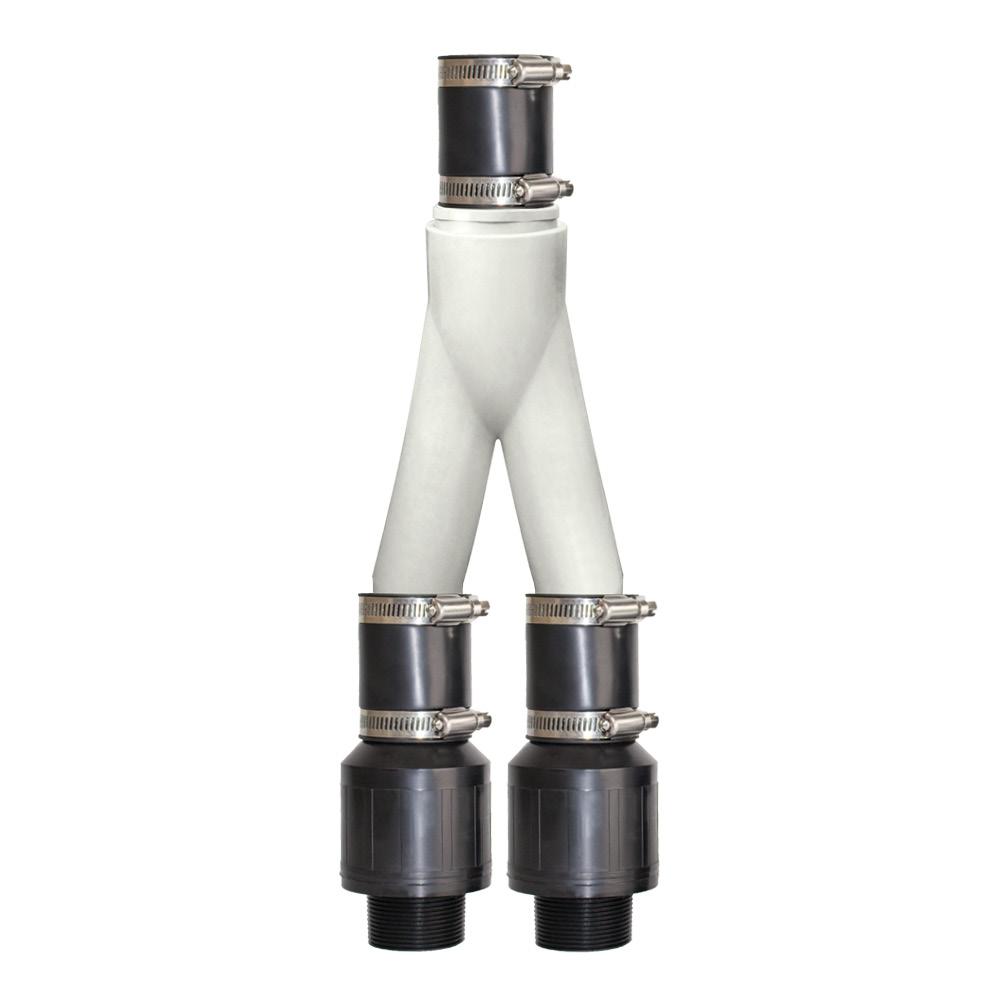Just replaced a 1/2 hp Zoeller with a dead switch with the Ridgid 1 HP sump pump which I think is made my Wayne. I also have a 12V backup pump and battery. The whole system is set up like a wye with the Ridgid on a couple of pavers and the backup hanging freely. We have had some torrential rain and it is exposing some issues with our drainage that we are addressing, but the pump is also making an odd sound, any idea if this is normal? Also, it seems like it empties the pit more slowly than the Zoeller but I never timed them. The little leak is the air hole but apparently this style pump doesn't need one.
Here is a video of it:
https://photos.app.goo.gl/4J5GYAmECJAVnX5S9
Here is a video of it:
https://photos.app.goo.gl/4J5GYAmECJAVnX5S9







